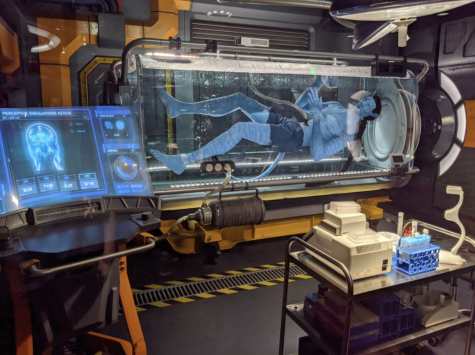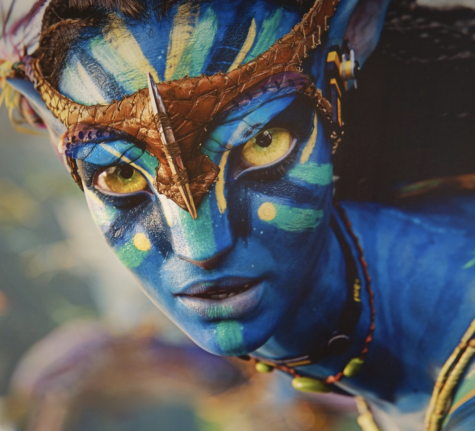The Sage Reviews: “Avatar: The Way of Water”
Photo from snl.no. Licensed under CC BY 2.0.
A shot shows Neytiri in “Avatar: The Way of Water”. The film’s CGI proves to be phenomenal.
Last December, 13 years after the first movie’s release, director James Cameron’s even more technologically ambitious sequel “Avatar: The Way of Water” hit theaters. The three-hour movie is already one of the top 10 highest-grossing films of all time.
Filming it cost over $350 million, making it one of the most expensive movies ever. For the underwater scenes, Cameron used an innovative “wet for wet” method with the cast and crew actually submerged underwater, rather than the more common “dry for wet.” The long gap between movies was to perfect the underwater CGI.
Scott Mantz, a movie critic, tweeted about how the movie is: “breathtakingly beautiful with the most incredible VFX I have ever seen.“

The movie follows former marine turned renegade Jake Sully, who now lives full-time as a Na’vi in his Avatar body along with his family on the planet Pandora. It’s truly beautiful; the planet, with its floating islands, crystalline seas and dinosaur-like creatures who provide a constant reminder of its alienness.
But their idyllic life soon comes to an end when the “sky-people,” humans return to take over Pandora. First on their list to kill is Jake Sully. He and his family are forced to flee, but the avatar version of Colonel Miles Quaritch will do anything to hunt them down.
The film introduces the Metkayina clan who have broader arms and tails, ideal for swimming, and are more turquoise than their forest-dwelling brethren. The Sullys struggle to adjust to the water and to fit in with the Metkayina.
The movie showed teen struggles with fitting in and also touched heavily on environmental destruction caused by humans. Still, the main conflict was the war between the humans and the Sullys.
There were many action scenes throughout the movie and they were really well filmed. Scenes show Na’vi mounted on flying creatures, charging at the heavily armed humans; it was very “nature-versus-technology.” However, some fight scenes didn’t affect the plot much, becoming somewhat repetitive and predictable.
Sage Creek junior Hannah Keehn has watched both the first “Avatar” and “The Way of Water.”

“The plot was really disjointed from the first movie,” Keehn says. “It was really stretched out, and could have been shorter and condensed. The first Avatar was such an amazing achievement for the time period it came out in, considering how much less advanced mocap was back then. But I think it’s a bit of a standard now, but that world-building is really good.”
“Avatar: The Way of Water” has sparked backlash from Indigenous communities. While it is open to interpretation, some believe that the film is romanticizing colonization and is glossing over the culture and the struggles of Indigenous people.
The Metkayina tribe portrayed in the film was largely based on the Maori people of mainland New Zealand.
Mana Tyne, a 19-year-old who is Maori, said in an interview with The Washington Post that the ta moko, a type of tattoo that is culturally significant was reduced to “abstract, meaningless shapes” that “serve more as an aesthetic” on the characters.
Rather than Indigenous stories from white perspectives, critics hope to see more Indigenous representation from Indigenous perspectives.
Overall, “Avatar: The Way of Water” was visually stunning but unremarkable, storywise. It’s more a movie to be experienced with the biggest screen possible than one to be watched for its story.



Joel Valdez ◊ Feb 3, 2023 at 8:29 am
I slept 3/5 of the movie. That’s all I have to say about it.